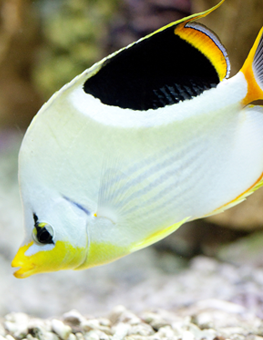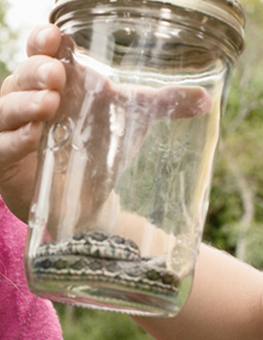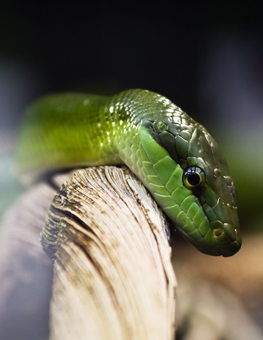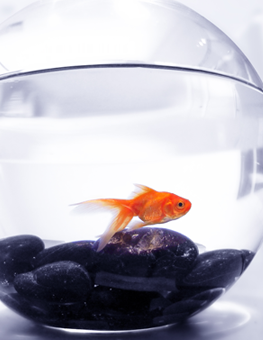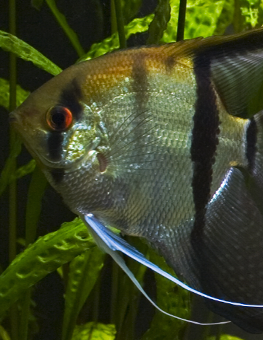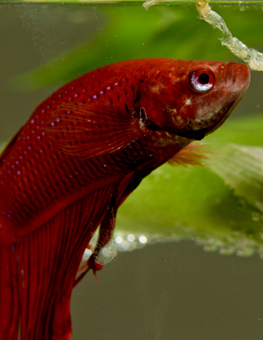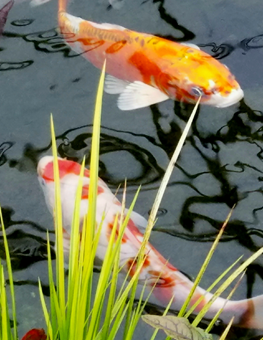Keeping Your Pond Clean
Keeping a pond clean can be quite a task. This guide will help you win the fight against muck and dirt.
When it’s clean, your pond can be the jewel of your backyard. Unfortunately, though, ponds have are at the mercy of the various forces of nature. Algae, dirt, falling leaves, and other factors will contribute to your pool looking less than stellar. Luckily, there are many things you can do to keep your pool clean and clear. It may just take a lot of work. This guide will tell you where you should focus your efforts:
Permanent Cleaning Fixtures
As you may already know, your pond needs some equipment to help it stay clean and healthy for fish. This consists mainly of filters, both biological and mechanical. In addition to these, fountains and waterfalls keep your water moving, leaving it less prone to supporting algae.
Regular Maintenance
To keep your pond in its best shape, there are various tasks you’ll have to do on a regular basis. These help take care of the more basic threats to your pond’s cleanliness.
- Filtration: With all the hard work it’s doing to keep your pond clean, your filter gets dirty very quickly. You should try to clean it out weekly.
- Leaves: Falling leaves can be tough on a pond owner. They come fast and if left to decay, will severely damage your water quality. Try to remove any leaves from your pond as soon as possible. Some skimmers are designed to remove leaves floating on the surface, but even they can’t get everything.
- Algae: Check often for algae growth. You can treat algae as needed with liquid algaecides. Be careful though, some of them may hurt your plants. You may want to consider using a UV sterilizer to treat algae.
Full Cleaning
Despite all the work you put into keeping your pond clean throughout the year, it may still get very dirty. Therefore, once a year, you should consider a thorough cleaning of the entire pond. Follow these steps to ensure you do it right:
- Pick a Season: First, you must choose a time of year to clean your pond. The best times to do this are at the end of fall and the beginning of spring. Once you’ve chosen a time for your annual cleaning, stick to it.
- Prepare a Holding Tank: Before you set to cleaning out the pond, you’ll need to prepare a holding tank for your fish. This tank should be filled with water pumped from the pond, but not high enough so that your fish will be able to jump out. You should place the tank in the shade, and place an aerator pump in it to help the fish breathe.
- Clean the Filters: This should be done by first switching off all pumps and filters, then taking them apart and cleaning the pieces, especially the filter material, with water pressure from a hose.
- Move the Fish: First, you’ll need to drain the water from the pond to a low level but high enough for your fish to swim around. This will make it easier to catch them and transfer them to your holding tank. A bucket works well for this purpose. After you move them, you can drain the rest of the pond.
- Cleaning: Once the pond is empty, you can begin to clean up the muck that coats the bottom. First, remove all of your plants, putting those that may wilt without water into the holding tank. Get rid of any dead plant material. Next, you can wash the algae and muck from the sides of your pond using a hose with a high-pressure spray. Don’t introduce any cleaning chemicals into the pool, plain water is sufficient
- Remove the Muck: Use a wet-vacuum or a shop-vacuum to get rid of the muck at the bottom of your pond. At this point, be sure to clean out your skimmer baskets.
- Refill the pond: Make sure you remember to de-chlorinate the water you add to your pond. When you’re refilling it, exchange a little water at a time between the holding tank and the newly filled pond, to allow the fish to get slowly used to the new water. Once you’ve done this, you can put your fish back in the pond.




